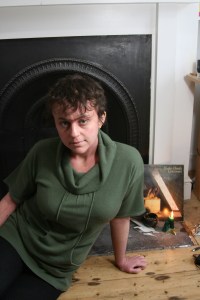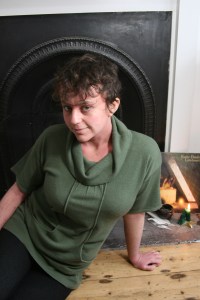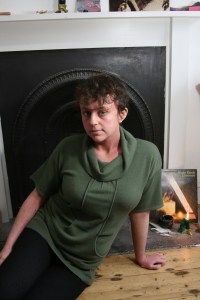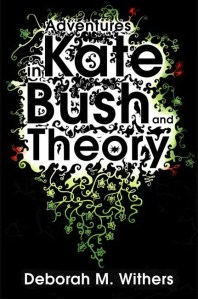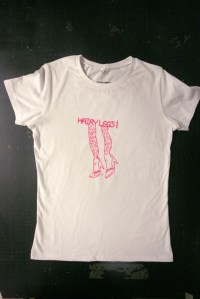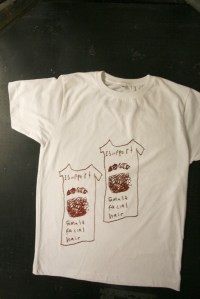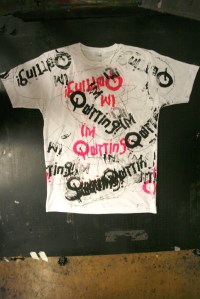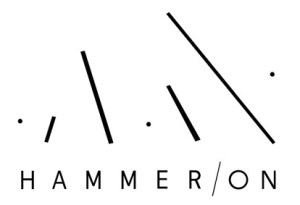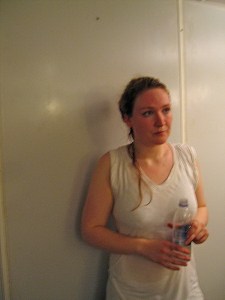Someone, I can’t remember who, asked me recently if I had a signature dish. My immediate response was yes, of course, it is my incredible vegan lasagne. Following some searches on the internet I recently found out that unfermented soya (e.g. soya milk, tofu, t.v.p.) is probably about the worst thing someone with eczema can put into their body, so one of my main ingredients for said signature dish was cruelly wiped off the menu forever. Well, not that cruel, let’s face it, t.v.p. is hardly the tastiest thing in the world, just something cheap I used to fill up the space in the lasagne tray. Incidently, since avoiding soya and bread for a week my eczema has almost cleared up which, as you can imagine, I am overjoyed about. Why did no one tell me before?
When faced with an evening in for New Years with two of the most important ladies in my life, I had only one viable option: to make the tastiest vegan lasagne in the world to delight their taste buds, warm their souls and make them love me just that little bit more. And make it I did, and love me more they only could.
It was so delicious that I am going to share the recipe with you now. For extra best results, use organic ingredients!
You will need for the
Filling
Passata
1 large onion
1 tin of chick peas (or equivalent dried mass, if you are organised)
1 tin of pinto beans (as above)
2 large flat mushrooms
1 medium squash, peeled and diced into small bits
2 medium beetroots, or one biggy
A liberal splash of balsamic vinegar
3 cloves of garlic, pulped
lots of fresh thyme
1 tablespoon carob syrup
salt, pepper, paprika
oil to fry
Process: Heat the oil and sprinkle in a tablespoon of paprika til really hot, then add the onion, fry. Then add the squash, mushrooms, beetroot. Continue to fry. Add the beans, fresh thyme, garlic, the liberal splash of balsamic vinegar and cook until it feels right. When that moment comes, pour in the passata and add the carob syrup, salt and pepper and let it simmer away til its yummy all the way through. Winter vegetables and squashes work so well in lasagne, don’t be afraid of using them!
Sauce
A generous tablespoon of sunflower spread
2 tablespoons of plain wholemean flour
Rice milk
1 teaspoon of vegetable boullion
1 generous tablespoon of peanut butter
Salt, pepper
Process: Melt the spread, when completely melted add flour and make a Roux (when I was smaller I thought a roux was called a ‘fut’). Add the rice milk in small increments and mix into the roux until you have a sauce. You need to be patient with white sauce (which is essentially what you will be making). Keep stirring it whatever you do and it will thicken, I promise. Add the peanut butter, the bouillion, salt and pepper and it will make the sauce yummy.
When this is done, you need to put the lasagne together. Oh, forgot to say, in the meantime, pre-heat the oven to 200c ready for you to put the delicious beast in. Put a layer of filling in the biggest and deepest dish you have in your collection, then add a bit of sauce, then a layer of lasagne. I used a verdi lasagne which was delish, so I recommend that for sure. Then repeat until you have no mix left. This should be enough to make about 3 layers.
For the final layer you need to make sure you leave enough sauce to completely coat the pasta on the top layer. On top of that, sprinkle sunflower or pumpkin seeds to make it all crunchy and hippy.
Then, whack it in your pre-heated oven for about 30-40 minutes, until the pasta is cooked all the way through, and I promise you, it will be the most delicious soya-free vegan lasagne you have ever tasted.
Serve with a salad of your choosing, but I always like a few olives, avocado, toasted seeds, red pepper, lettuce all covered in an olive oil and lemon dressing. Mmmmmmmmmmmm.
